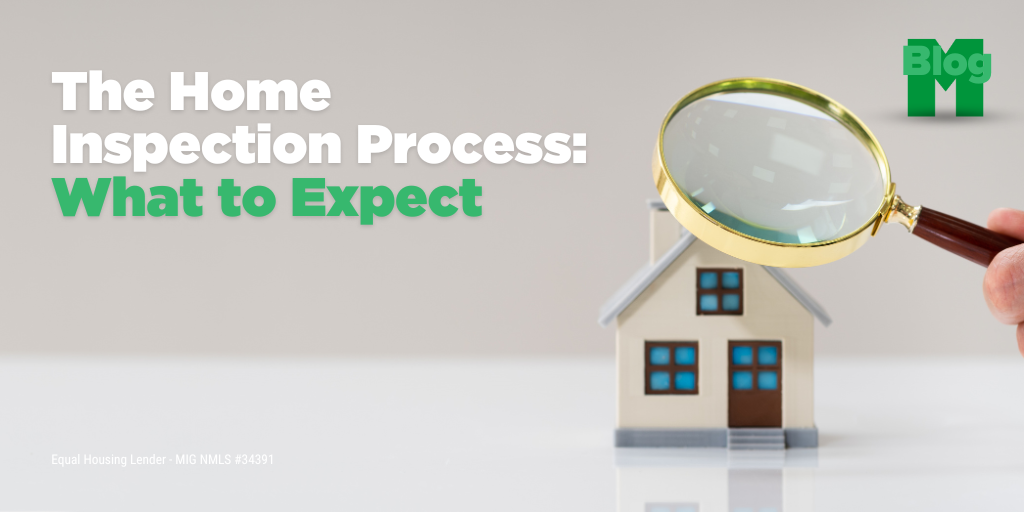
Buying a home is a major milestone, and the home inspection is a critical step in that journey. A home inspection helps ensure that your dream home is not hiding any costly surprises. For many first-time buyers, the inspection process can feel a bit mysterious. But fear not—knowing what to expect can help you feel more prepared and confident. Here’s a friendly guide to help you navigate the home inspection process and understand what to expect.
1. What is a Home Inspection?
A home inspection is a comprehensive evaluation of a property’s condition, performed by a professional inspector. It’s typically arranged by the buyer after the seller accepts their offer, but before the sale is finalized. The goal is to identify any major defects or potential issues that could affect the home’s safety, functionality, or value.
An inspector will examine the home from top to bottom, covering everything from the roof to the foundation, and provide a detailed report on their findings. This report helps you make an informed decision about whether to proceed with the purchase, negotiate repairs or price reductions, or even walk away if major issues are discovered.
2. What Does a Home Inspection Cover?
During a home inspection, the inspector will check the major systems and structural elements of the house. Here’s a breakdown of what they typically inspect:
- Roof and Exterior: The inspector will examine the roof for leaks, missing shingles, or any signs of wear and tear. They’ll also check the gutters, downspouts, siding, windows, doors, and any exterior structures like decks and porches.
- Foundation and Structure: The stability of the foundation, including any cracks or signs of shifting, is carefully reviewed. Inspectors will also look at the walls, ceilings, floors, and any signs of water damage or pest infestations.
- Electrical Systems: The inspector will check the home’s electrical panel, wiring, outlets, and fixtures to ensure everything is up to code and functioning safely. They’ll be on the lookout for potential hazards like outdated wiring or overloaded circuits.
- Plumbing: This includes checking for leaks, water pressure, and the condition of pipes, water heaters, and fixtures. They’ll also look for signs of water damage or mold, which could indicate hidden leaks.
- Heating, Ventilation, and Air Conditioning (HVAC): The inspector will evaluate the furnace, air conditioning system, ductwork, and vents to ensure they are in good working order. Proper heating and cooling are crucial for comfort and energy efficiency.
- Interior and Appliances: Inside the home, the inspector will check the condition of the walls, ceilings, floors, windows, doors, and installed appliances (like ovens, dishwashers, and built-in microwaves).
- Attic and Insulation: Inspectors will also take a look at the attic to check insulation levels, ventilation, and any signs of moisture or pest issues.
- Basement and Crawl Spaces: If the home has a basement or crawl space, these areas will be checked for structural integrity, moisture, and pests.
3. What Isn’t Covered in a Standard Home Inspection?
A home inspection is thorough, but there are some things it typically doesn’t cover. It’s important to know what isn’t included so you can decide if you need additional inspections:
- Septic Systems or Wells: These require specialized inspections.
- Chimneys: Some inspectors may only do a basic check. For a more in-depth look, you might need a chimney specialist.
- Swimming Pools and Hot Tubs: These often require separate inspections.
- Pests: While an inspector might note signs of termites or other pests, a separate pest inspection may be needed.
- Environmental Hazards: Issues like mold, asbestos, radon, or lead-based paint require specialized testing beyond a standard home inspection.
4. How to Prepare for Your Home Inspection
To get the most out of your home inspection, there are a few things you can do to prepare:
- Be Present: It’s a good idea to attend the inspection so you can see any issues firsthand and ask questions. Most inspections take about 2-4 hours, depending on the size and condition of the home.
- Make a List of Concerns: If you have noticed any issues during your walkthroughs, such as a leaky faucet or a creaky floor, mention them to the inspector.
- Review the Seller’s Disclosures: Before the inspection, review the seller’s disclosure statement. It might highlight some known issues that you’ll want to confirm or explore further.
5. Understanding the Home Inspection Report
After the inspection, the inspector will provide a detailed report outlining their findings. This report is typically broken down into sections with photos, descriptions, and recommendations for any needed repairs or maintenance.
- Major Issues: These are problems that could affect the safety, structure, or livability of the home, such as foundation issues, electrical problems, or roof leaks.
- Minor Issues: These are typically less critical and include things like a broken outlet cover or a loose faucet. While these are easier to fix, they should still be addressed to maintain the home’s condition.
- Safety Concerns: These could include anything from missing handrails on stairs to improperly installed smoke detectors.
6. What Happens After the Inspection?
Once you receive the inspection report, you have a few options:
- Negotiate Repairs: You can ask the seller to make certain repairs before closing.
- Ask for a Credit: Instead of repairs, you might negotiate a price reduction or credit at closing to cover the cost of repairs.
- Walk Away: If the inspection reveals significant issues that you’re not comfortable taking on, you may decide to back out of the purchase. Most home purchase contracts include an inspection contingency, which allows you to do this without losing your earnest money.
7. Work with Your Real Estate Agent and Loan Officer
Your real estate agent will be a key partner during the inspection process. They can help you understand the inspection report and negotiate with the seller. Additionally, your Loan Officer at Mortgage Investors Group can offer guidance on how any issues discovered during the inspection could impact your mortgage approval and overall financing scenario.
The Bottom Line
A home inspection is one of the most important steps in the home-buying process. It protects you by revealing potential issues before you’re fully committed. By knowing what to expect and working with your team of professionals, you can confidently navigate the inspection process and make informed decisions about your new home. Ready to move forward? Your team at MIG is here to support you every step of the way!
![Mortgage Investors Group in [Dynamic1]](../assets/images/mortgage-investors-group.svg)


